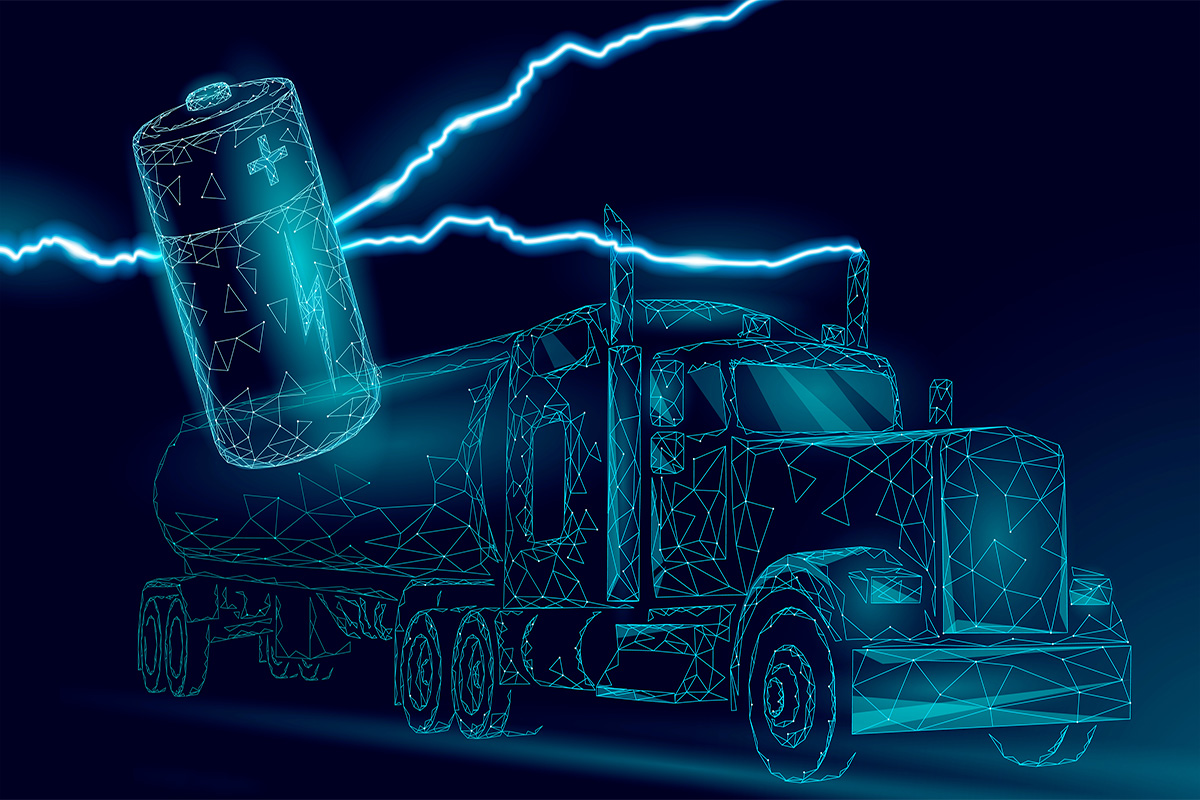March 4, 2023
How Truck Bottlenecks Affect Truckers
The US supply chain relies heavily on the work of truckers who deliver goods across the country daily. Highways make it possible for drivers to reach their destination efficiently, but traffic can bring slowdowns, especially in the case of a truck bottleneck. What is a truck bottleneck, how are truckers affected, and what can help the situation?
What is a Truck Bottleneck?
The term bottleneck describes any point of congestion that causes delays to an operation. The term’s reference comes from the neck of a bottle and how a large amount of liquid passes through a small opening, delaying how much comes out at once. A truck bottleneck in a supply chain can happen on highways where truckers experience delays due to points of congestion. These points are scattered throughout the US, some states having more significant amounts, while others have some with a significantly larger impact.
When and Where Do Truck Bottlenecks Happen the Most?
The ATRI released research data on the top 100 bottlenecks in the country. Looking at a number like 100 when discussing bottlenecks can seem overwhelming, but they are not all created equal. Some states have more congestion points, and others may have fewer, but they pose a more significant delay. Truckers often deal with anxiety on the road, and research on areas that can cause the most stress can help you prepare and prevent getting caught off guard by traffic congestion. The states with the most bottlenecks are Texas at number one with 13 jams, California with 10, and Georgia with nine bottleneck locations. The top three states with the most congestion points represent larger states; however, the state with the fourth most truck bottlenecks is Tennessee, with 7, Washington, New York, and Connecticut not trailing far behind with 6. Some states with the most congestion contain many drop-off terminals for truckers with deliveries. Other states with many bottlenecks are busy trade locations with shipments from their docks. Some US states don’t have the most significant number of jams, but the ones they do have are the most powerful. New Jersey takes the number one spot for having the worst bottleneck overall, located in Fort Lee on the I-95 at SR4. The congestion here is the worst in the morning between 5 am-10 am, with truckers delivering loads and other drivers on their way to New York. The second most significant bottleneck is in Chicago, IL, on I-294 at I-290/I-88, and the third is in Houston, Texas, on I-45 at I-69/US 59. Both the Chicago and Houston bottlenecks are busiest during afternoon traffic from 3 pm-7 pm. Some obstacles, like winter driving challenges, can cause even more congestion in these areas where being prepared for delays is crucial. The list of bottlenecks is long, but it can be worth checking to see if your daily commute crosses one.
How Can Truckers Deal with a Truck Bottleneck?
Sometimes bottlenecks can be unavoidable because the job can take you to areas that don’t have alternate routes. Check your drive ahead of time to determine possible bottlenecks in the way and work around them if possible. Traffic follows wherever you go, and since truckers share the road with other drivers, avoiding the time the congestion is at its worst can also help skirt some delays. Different states operate at different times, some starting the day earlier and others ending it later. When working on the road, you can’t always control when you drive through specific locations, but it will be worth it if you can work out a way to avoid the worst congestion times.
What Can Help Improve Truck Bottleneck Delays for Truckers?
Research like this on bottleneck areas is essential to understand possible delays in the supply chain. Truckers are the links in the chain that keep it together; therefore, when they face delivery delays, the effect is felt in many areas. Pressures of on-time deliveries can stress drivers, especially when dealing with complications like points of congestion. Knowing what causes delays in a trucker’s job creates an understanding of the stresses they experience when delivering loads. Specifics on the locations of significant bottlenecks and the impact each one has will help drive trucking changes benefitting drivers and the whole supply chain. Satisfying our truckers should always be at the top of the agenda to help pave the way for smooth sailings for the supply chain.



